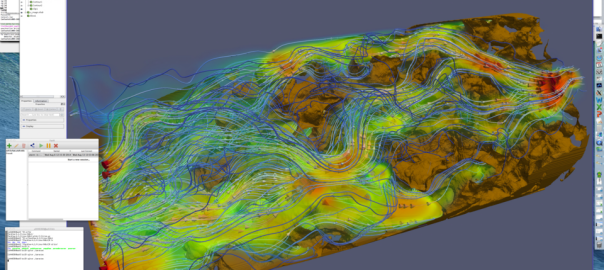Affiliation(s): University of Utah
Abstract:
In just five short years, visualization, HPC and data analysis users will need to constantly remind themselves which resource they’re working on as they run dozens of virtualization clients on devices from tablets and laptops to wristwatches and headsets. The desktop will not be truly dead — just lonely — living either in an empty office or in a machine room. But it will be busy. New CPU and manycore architectures, cheap memory, and the demands of scalable ray tracing and database algorithms will bring about a return of mid-scale shared-memory computing. Visualization clusters and cloud resources will increasingly consist of “fat nodes”, operated interactively as opposed to in batch. For the foreseeable future, the occasional need for root access, large displays and a real mouse and keyboard to interact and code will bring researchers back to the office to work on their personal machines, before heading off to the next conference to actually do work on them.
